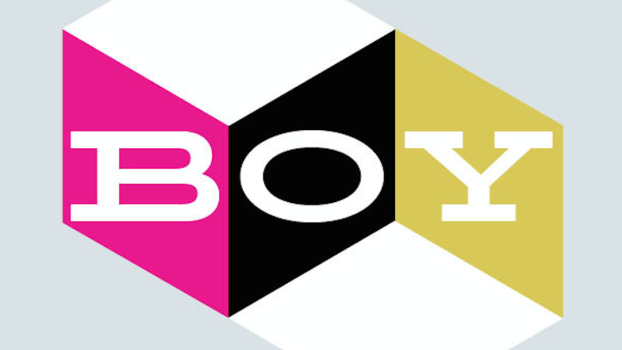This story appeared in Strategy C-Suite, a weekly email briefing on how Canada’s brand leaders are responding to market challenges and acting on new opportunities. Sign-up for the newsletter here to receive the latest stories directly to your inbox every Tuesday.
The Gap, once an apparel powerhouse, is showing signs that it’s struggling.
Last week, it was announced that the Old Navy banner would not be spun off and made independent from parent company Gap Inc., a plan that was first announced in February last year. Analysts say the plan was devised by former CEO Art Peck – who stepped down in November – as a way to unlock shareholder value, enabling Old Navy to thrive without being weighed down by the poorer sales performances of Gap and Banana Republic.
There are many possible reasons for not following through on its promise, says Eric Matusiak, national retail leader at BDO Canada, emphasizing that a clearer picture will only emerge once the parent company releases sales figures for Q4, a make-or-break quarter for many retailers.
In 2019, Old Navy was Canada’s sixth largest apparel retailer, according to Randy Harris at Trendex North America. Gap Inc., meanwhile, is the fourth largest apparel retailing organization in the world, with sales of about US $16.6 billion in 2018. And it remains the largest apparel conglomerate in the country, according to Trendex.
Matusiak believes, among other things, that end-of-year sales at Old Navy were likely not as high as expected and that the challenges of unwinding shared services between Gap’s banners and Old Navy was deemed too costly and complex to be worth it. But no matter the reasons, the decision to keep Old Navy in the Gap Inc. fold has raised fresh questions about what the company can do, if anything, to turn its namesake banner around.
What’s behind Gap’s woes?
What Gap should do next depends largely on accessing the underlying cause of its struggles. That’s where industry analysts disagree.
As a retail consultant, Matusiak has his eye on what he calls the “increasing bifurcation of retail into essentially value and luxury, or value and experiential.” Put simply, the theory is that growing market polarization is driving consumers towards the lower and higher-ends of the market and forcing retailers to focus on their strengths. It’s what many analysts believe is reshaping the retail sector as a whole. BDO, for one, has identified it as one of its top retail trends for 2020.
“In some respects, the Gap is becoming the guy in the middle that doesn’t know which end of the market to play in,” he says. “I don’t know whether being part of a larger conglomerate hinders the Gap. I think there’s just an overall strategic issue with, does the Gap even have to exist anymore?”
If the sun is indeed setting on the retailer’s glory days (as it has with many other companies before it), it’s an issue that won’t be resolved simply by splitting from Old Navy, he says. In fact, such a move could hinder group-wide efficiencies and its performance in the long-term.
But Harris doesn’t subscribe to other retail analysts’ diagnosis of the problem when it comes to so-called middle fashion retailers. “The assumption is – and it’s an incorrect one – that consumers are trading up or trading down, and the middle of the market is becoming a vast retail wasteland,” he says. “That is absolutely not true, and there’s no statistical evidence that anyone has been able to cite that this is true in the apparel industry.”
Harris, who recognizes his stance is a contrarian one, says consumers in the middle market are “trading sideways. They’re not going up or down; they’re staying in the middle of the market, and that’s why [stores] like Mark’s Work Wearhouse in Canada continue to survive.”
“The consumer is looking for value within the middle of the market,” he says. “They don’t want a cheap product, they can’t afford a better product, so they’ll stay in the middle of the market. But they’re constantly searching out for value.”
What should Gap do next?
With expertise across an array of sectors, Matusiak believes it may be time for Gap Inc. to reexamine the value proposition of its individual banners, but acknowledge that a move outside of the middle could put it on a collision course with the group’s other banners. One possible solution, then, might to be to redirect investment into the banners that have more potential for growth. “There’s nothing stopping them from saying, we’re going to wind down the Gap and put money into Athleta and Banana Republic.”
Analysts with their eyes on the macro-forces in retail would likely agree. But Harris, who specializes in retail, believes the solution lies elsewhere.
Gap Inc.’s problem, he says, is with Gap stores. “Both in Canada, and the United States, they suffer from an undifferentiated position, because they have lived on their reputation for way too long.”
“It’s incumbent in retailing that you reinvent yourself periodically,” he says. “The Gap has for a long time failed to differentiate itself in the minds of the consumer. The world has moved on. The Gap [has been left] standing on the street corner, and the bus has left.”

























